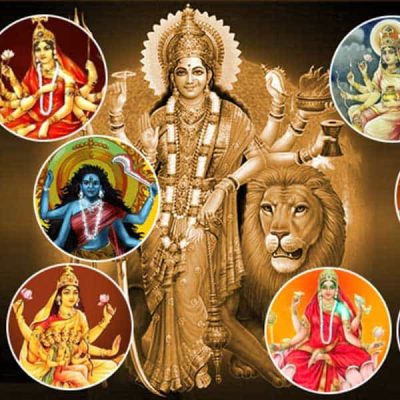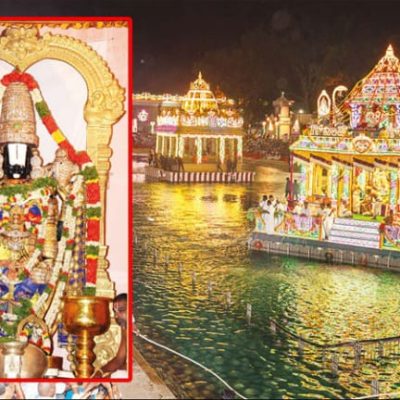Maluti Shiva Temple, Jharkhand

Address
Maluti Shiva Temple Maluti town, Dumka District, Jharkhand 816103
Diety
Shiva Amman: Mowlakshi
Introduction
Maluti temples are a group of 72 extant terracotta temples (out of the original number of 108), located in the Maluti village near Shikaripara in Dumka district on the eastern part of the Chota Nagpur Plateau, Indian state of Jharkhand. These temples, according to the Indian Trust for Rural Heritage and Development (ITRHD), were built between the 17th and 19th centuries. The kings of Baj Basanta dynasty built these temples in Maluti, their capital, inspired by goddess Mowlakshi, their family deity. Many of the temples are deified with different denominations of gods and goddesses, apart from the tutelary deity Mowlakshi, and others such as Shiva, Durga, Kali and Vishnu. Initially there were 108 temples built in the village, within a radius of 350 metres (1,150 ft), all dedicated to Lord Shiva. Of the 108 temples, only 72 still stand, but in a semi-dilapidated condition; the other 36 temples have been lost
Puranic Significance
History of these temples is directly linked to the gift of the kingdom of Maluti, then known as “Nankar Raj” (meaning: tax-free kingdom”), that was granted to a Brahmin named Basanta by the Muslim ruler Alauddin Husain Shah of Gaura (1495–1525) for having saved his hawk (Baj) and returning it to him. Consequently, Basanta was given the suffix Raja and called Raja Baj Basanta. As Basanta was a religious person, he preferred building temples instead of palaces. Subsequently, his family divided into four clans and they continued to build the temples in Maluti, their capital, in clusters, inspired by goddess Mowlakshi, their family deity.
Century/Period/Age
17th centuries
Managed By
Indian Trust for Rural Heritage and Development (ITRHD)
Nearest Bus Station
Maluti
Nearest Railway Station
Ranchi
Nearest Airport
Ranchi





